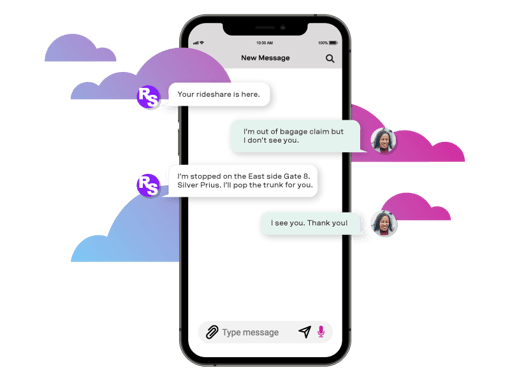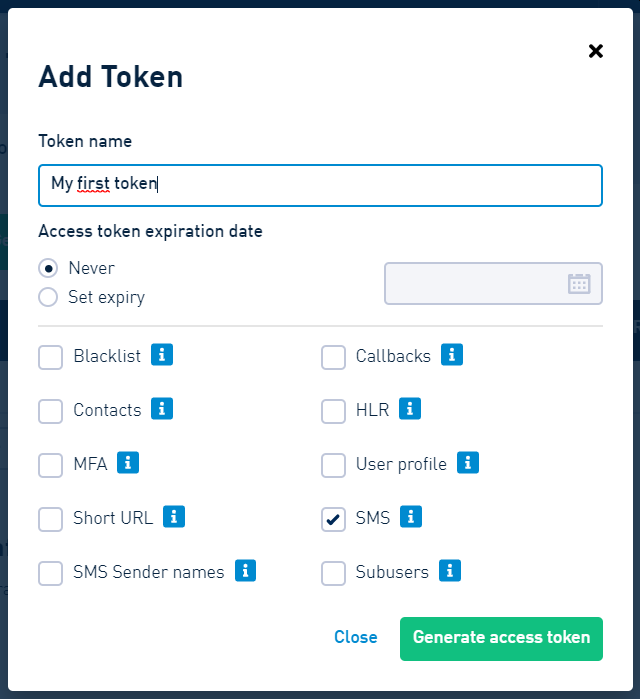
Text Messaging API
Text Messaging API: A Deep Dive into Enabling Communication
A Text Messaging API (or SMS API) is a crucial tool for developers seeking to integrate text messaging functionality into their applications.
This powerful service allows you to send and receive text messages programmatically, automating communication flows and streamlining operations.
This comprehensive guide explores the intricacies of a Text Messaging API, offering practical insights and how-to steps.
What is a Text Messaging API?
A Text Messaging API acts as a bridge between your application and the broader SMS infrastructure.
This API facilitates the exchange of text messages without the need for direct interaction with phone networks.
This centralized approach allows for increased scalability, cost-effectiveness, and streamlined management of text communication.
Essentially, a Text Messaging API is the backbone of automated text messaging for modern applications.
A well-chosen Text Messaging API can significantly improve your user experience by ensuring reliable, consistent, and accessible communication pathways.
How Text Messaging APIs Work: A Simplified Overview

Source: vonage.com
Text Messaging APIs work by sending requests to a specialized service, acting as an intermediary between your application and the recipient’s mobile network.
This intermediary ensures that the text message is formatted correctly and delivered to the intended recipient’s phone number using established SMS protocols.
The process is handled transparently to the end user, ensuring an effortless communication experience through a Text Messaging API.
You never need to connect directly to the carrier’s systems; the Text Messaging API handles all the intricate details.
Different Types of Text Messaging APIs and their Use Cases
There’s a variety of Text Messaging APIs tailored to diverse use cases.
Some APIs offer broad functionality for basic SMS, while others are built around specific communication models like transactional alerts, marketing campaigns, and personalized service interactions.
Understanding your specific use cases is key when choosing the best Text Messaging API for your project.
Some types of SMS messaging that would require Text Messaging API implementations include alerts, confirmations, and service updates, often crucial components of mobile application design.
A Text Messaging API is your ideal solution for scaling these vital aspects of communication.
Choosing the Right Text Messaging API for Your Needs
Considering factors like budget, desired features (2FA, delivery reporting), and scaling capabilities is paramount.
Some free trial versions exist to give potential developers and customers a preview of functionalities of Text Messaging APIs.
Evaluate factors like security and reliability as well; A robust Text Messaging API protects your sensitive data.
Always seek comprehensive documentation, detailed pricing breakdowns, and potential support contact methods to properly choose the most relevant solution to your specific text messaging challenges.
Integrating the Text Messaging API into Your Application: Practical Steps
This is often where many development projects find their main obstacle.
Following the instructions in the vendor’s documentation and understanding API calls and structure for a given platform or Text Messaging API are vital for creating an appropriate message formatting process.
The integration involves understanding various endpoints like authentication mechanisms, creating and handling SMS messages (which are part of your application development considerations), and addressing necessary delivery confirmation callbacks, especially if reliability and accuracy of Text Messaging API communications are paramount to your end-user expectations.
Security and Reliability Concerns for Text Messaging APIs
The safety and trustworthiness of your user data is a crucial point to address.
Look for secure APIs with encryption protocols, thorough testing from the text messaging API provider and adequate procedures for mitigating issues of fraudulent communications (often part of SMS security measures.) Ensuring delivery receipts and automated responses help confirm message reception by recipients (all key benefits of a robust and professional Text Messaging API implementation).
Scalability of Text Messaging API Solutions

Source: smsapi.com
A high-performance Text Messaging API is essential to manage increasing demands.
Ensure the chosen API offers robust solutions in response to rising traffic (an extremely common request to be solved by a well-established Text Messaging API).
Understand the API’s limits and consider solutions for managing large volumes of texts to maintain service efficiency without hindering text delivery from a Text Messaging API implementation.
A Text Messaging API with clear scalability features can facilitate smooth operation growth and high quality service continuity (one of the core features often highlighted as core value propositions from vendors).

Source: textus.com

Source: dexatel.com
Managing Costs Associated with Text Messaging APIs
Costs vary depending on the volume of messages, delivery destinations, and features.
It’s crucial to analyze and assess factors like pricing structures before making any commitments with any vendor related to their Text Messaging API or associated services.
A free tier can prove useful when assessing how messaging volumes impact overall pricing (and whether certain tiers might actually enhance value over a strictly paid-per-message Text Messaging API service).
Understand that a variety of options for Text Messaging APIs exists, encompassing those focused strictly on business communication, enterprise solutions, marketing or general consumer outreach needs (allowing significant pricing structure differences).
Troubleshooting Text Messaging API Integration Issues
Any text messaging API integration is fraught with some initial stumbling blocks or glitches in communication (such a common element when dealing with new Text Messaging API).
Effective troubleshooting skills are vital.
Reference comprehensive troubleshooting guides provided by API vendors (this frequently is provided by support teams associated with any chosen Text Messaging API vendor).
Address issues carefully to avoid any detrimental errors within a Text Messaging API project from impacting any recipient mobile or landline experience.
Consult online forums and communities dedicated to text messaging solutions.
Sometimes finding a common complaint can expedite your ability to find a successful answer concerning your chosen Text Messaging API implementation.
Many useful Text Messaging API-related tutorials and advice-providing sections can often help to troubleshoot various problems.
API Usage Best Practices: Recommendations and Tips
Adopting API-specific recommendations and complying with carrier regulations can safeguard compliance from any message delivery concerns and assure consistency across platforms with the relevant Text Messaging API.
Always prioritize compliance and best practices when sending mass text messages using any Text Messaging API.
Use a reputable and credible SMS API that’s committed to best practices.
Consider adding robust safeguards to protect end users’ data (the main goal behind good API practices and Text Messaging API implementation considerations for any project involving large-scale texts to end-users).
Implement robust controls and use the correct Text Messaging API in response to potential security risks inherent with text messaging.
Finally, rigorously test the integration of your SMS Text Messaging API before implementing any text-driven communications.